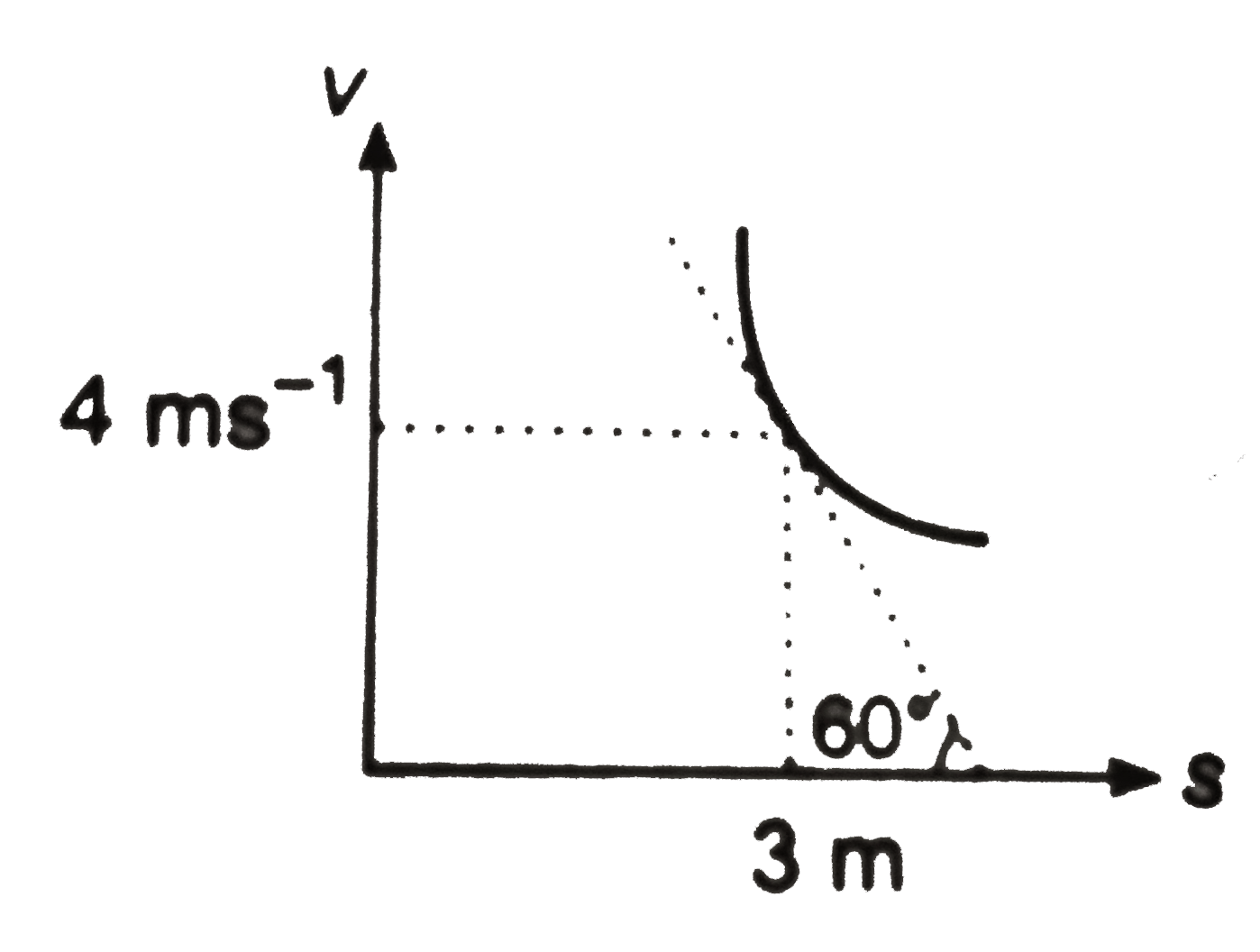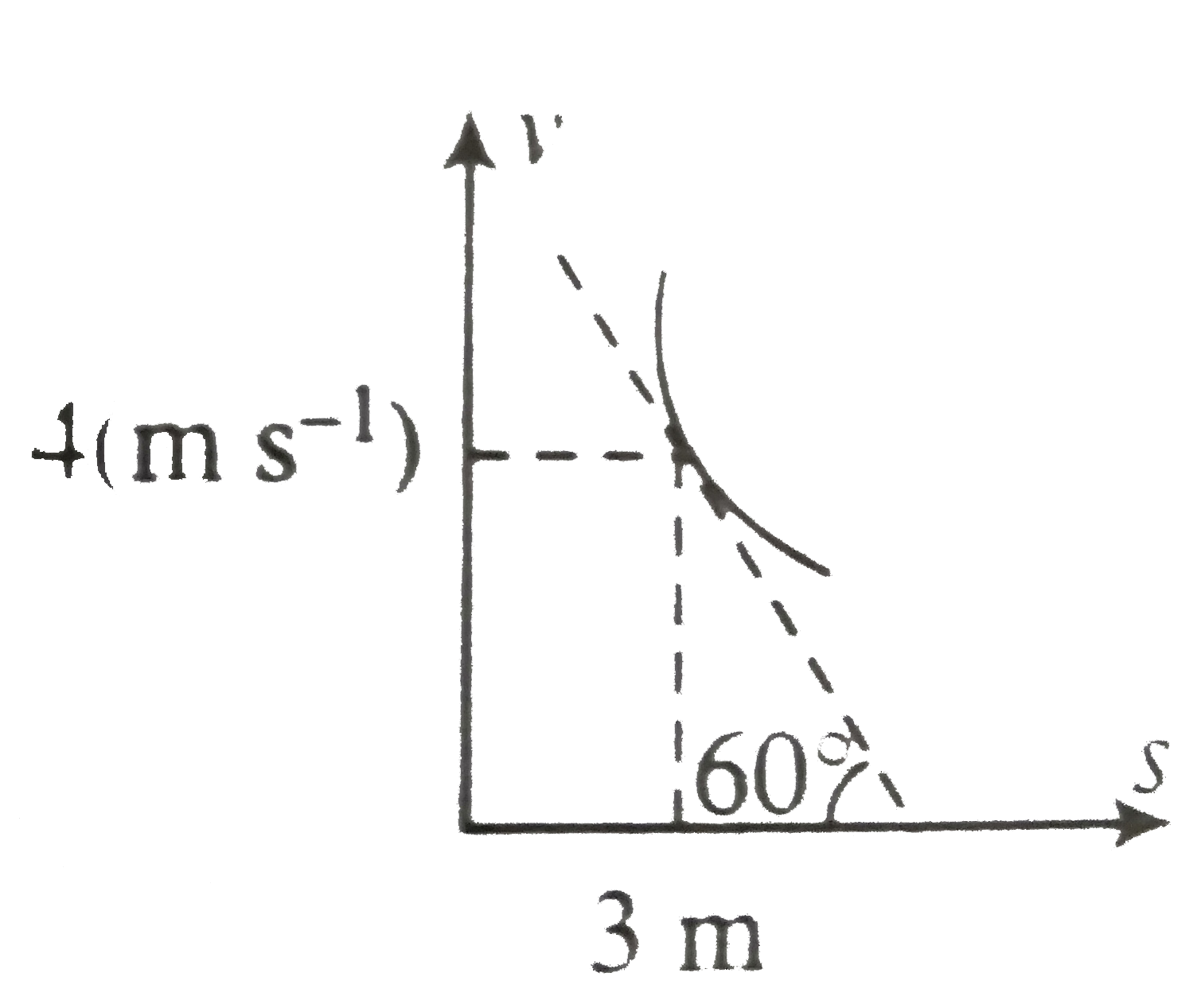Along the straight line joining two consecutive displacement nodes in a pure stationary sound wave at different points
the S.H.M.s will be in different phases
Velocities are in phase
the accelerations are inphase
frequencies are equal
The correct Answer is:B, C, D
Step by step video solution for Along the straight line joining two consecutive displacement nodes in a pure stationary sound wave at different points by Physics experts to help you in doubts & scoring excellent marks in Class 12 exams.
Similar Questions
Knowledge Check
- Question 1 - Select One
In a stationary longitudinal wave, nodes are points of
Aminimum displacement and minimum pressure change.Bminimum displacement and maximum pressure changeCmaximum displacement and maximum pressure changeDmaximum displacement and minimum pressure change. - Question 2 - Select One
Two particles execute SHMs of the same amplitude and frequency along the same straight line. They cross one another when going in opposite direction. What is the phase difference between them when their displacements are half of their amplitudes ?
A60∘B30∘C120∘D150∘
What is the phase difference between the displacement wave and pressure wave in sound wave :-
View SolutionA standing wave in second overtone is maintained in a open pipe of length L. The distance between consecutive displacement node and pressure node is L/x. Find x
View SolutionA partial along a straight line whose velocity-displacement graph is as shown in the figure. What is the magnitude of acceleration when displacement is 3 m ?
 View Solution
View SolutionA particle is moving along a straight line whose velocity - displacement graph is shown in figure. What is the acceleration when displacement is 3 m?
 View Solution
View SolutionFour points are such that the line joining any two points is perpendicular to the line joining other two points. If three point out of these lie on a rectangular hyperbola, then the fourth point will lie on
View SolutionA negatively charged particle is situated on a straight line joining two other stationary particles each having charge +q. The direction of the motion of the negatively charged particle will depend on
View Solution
